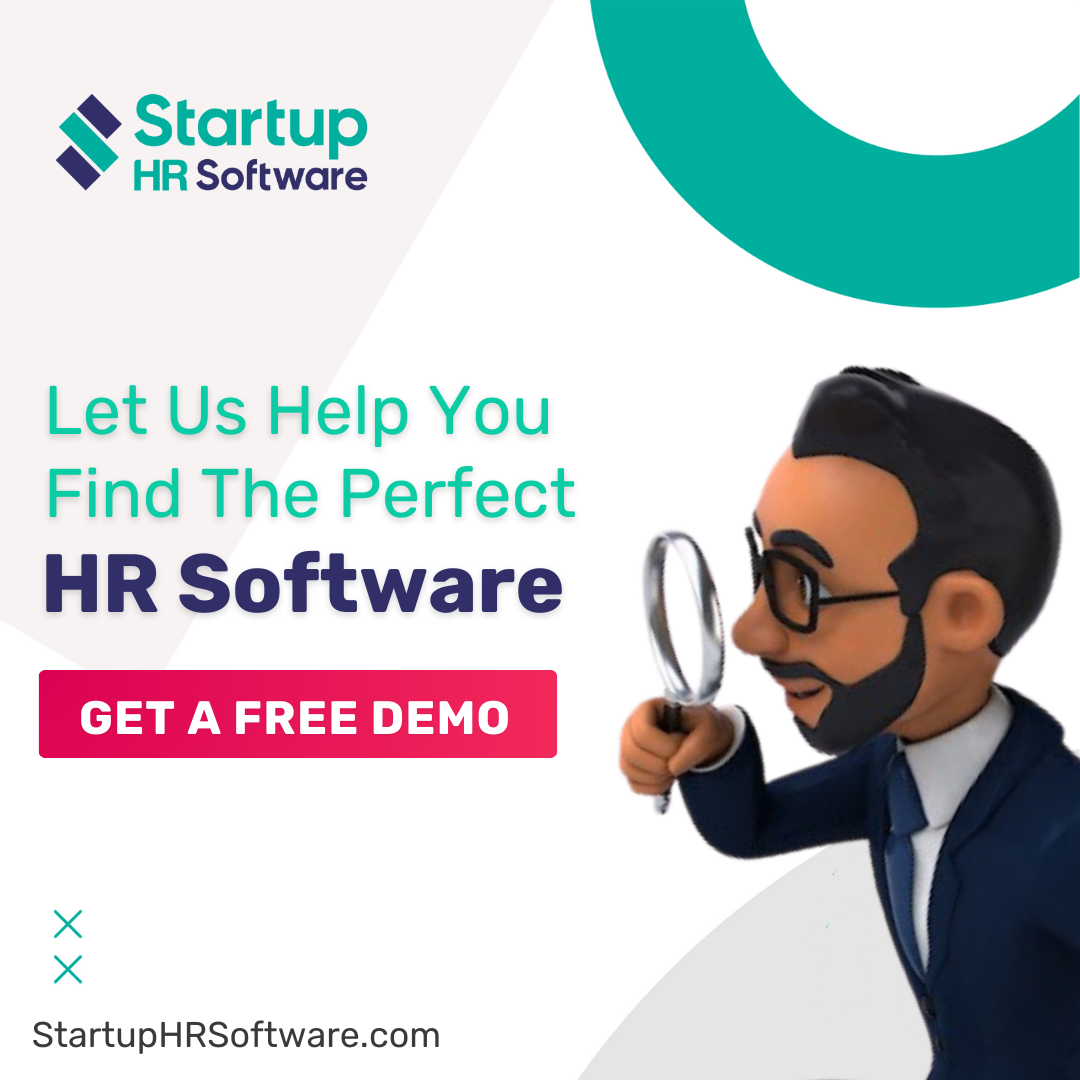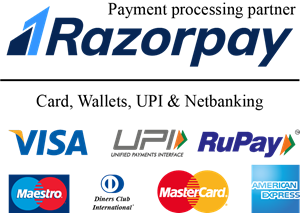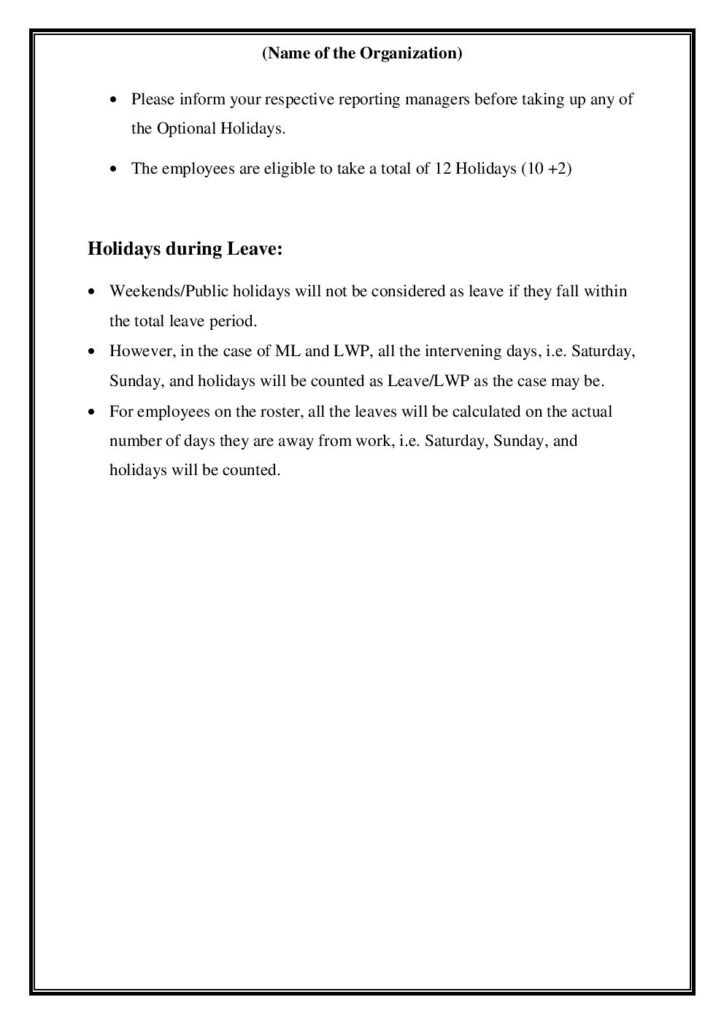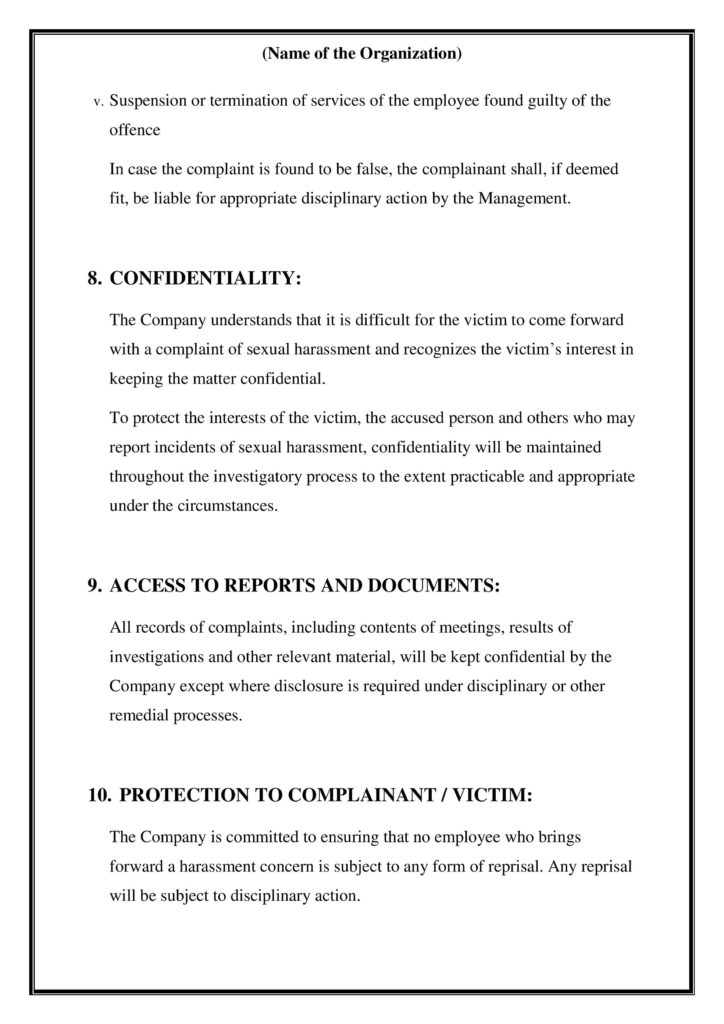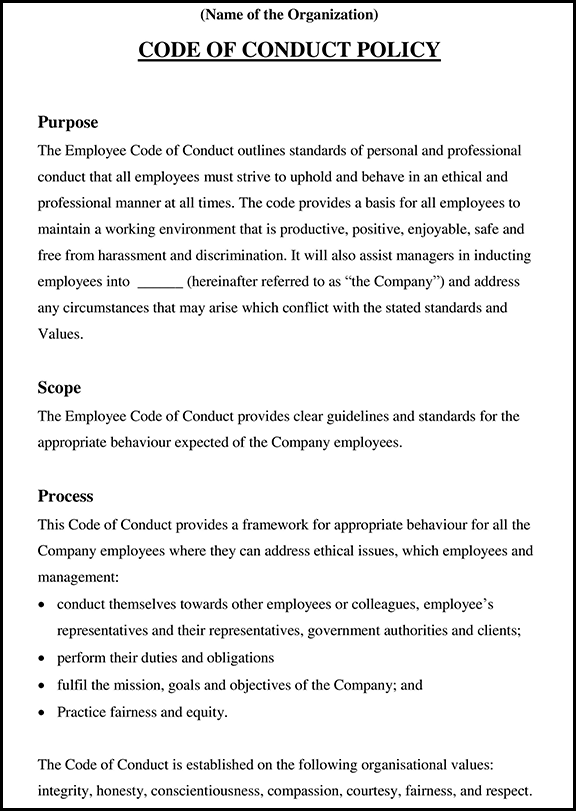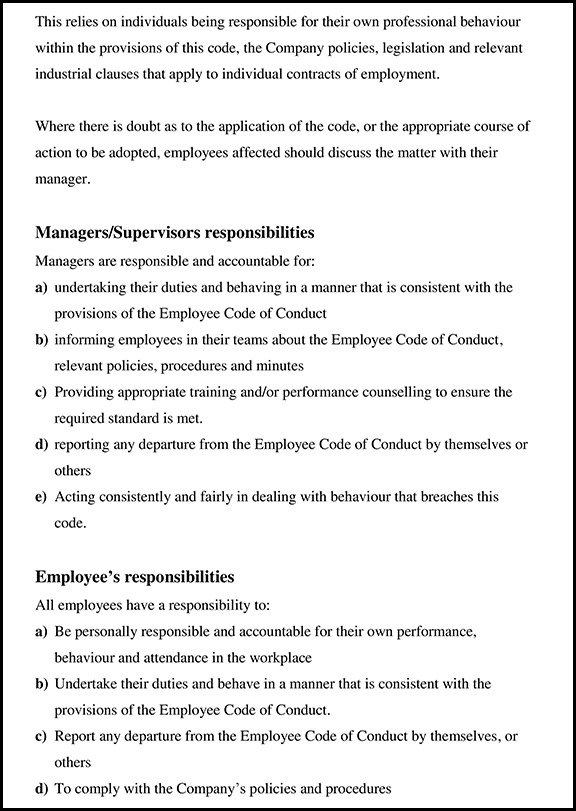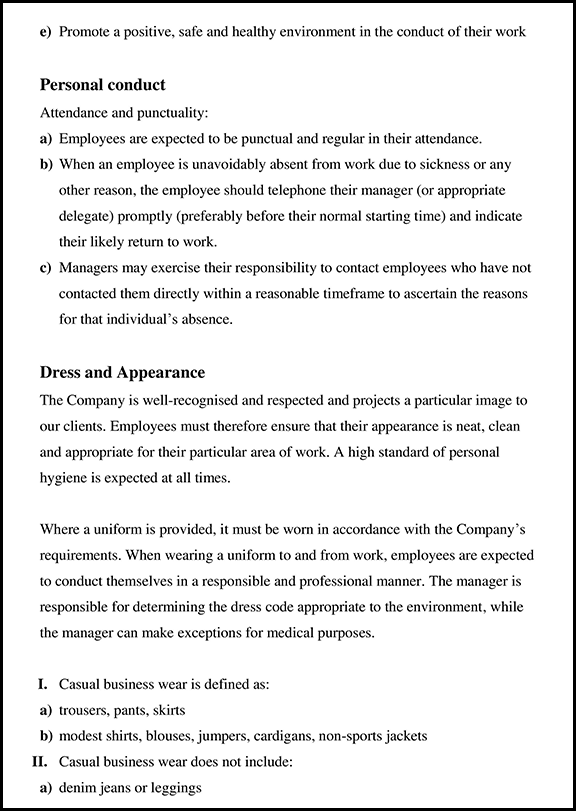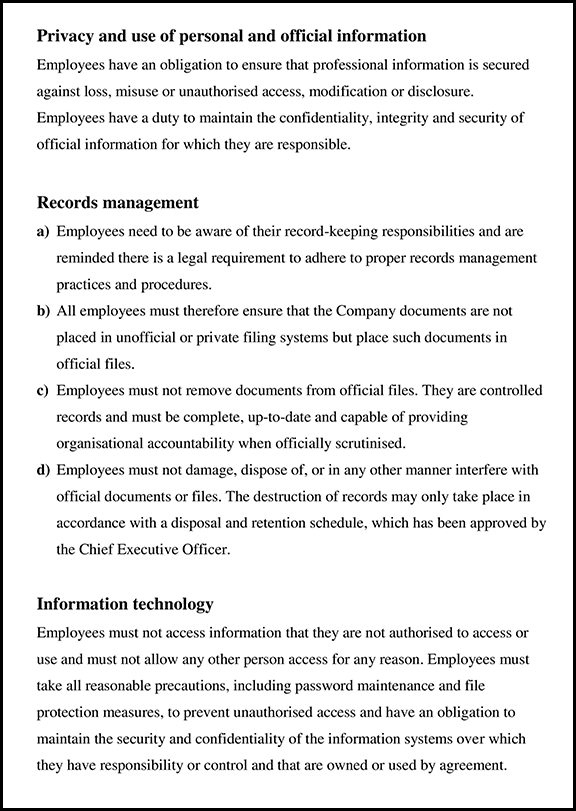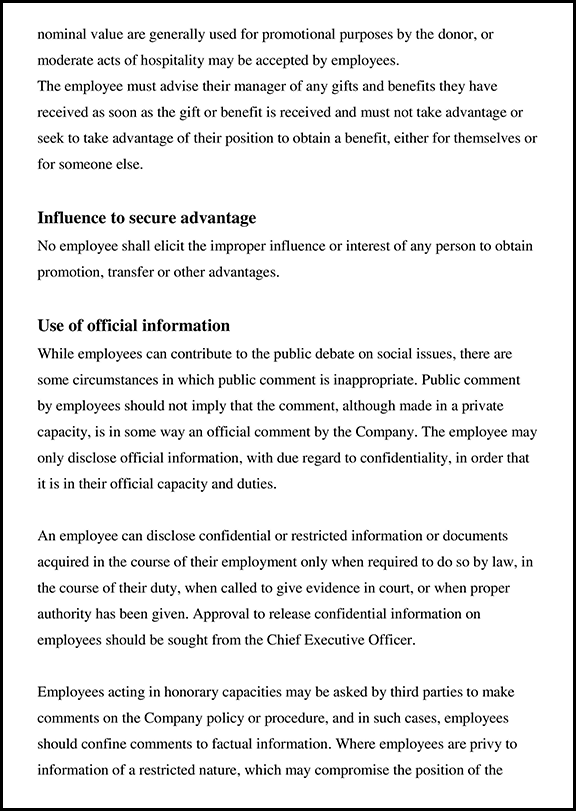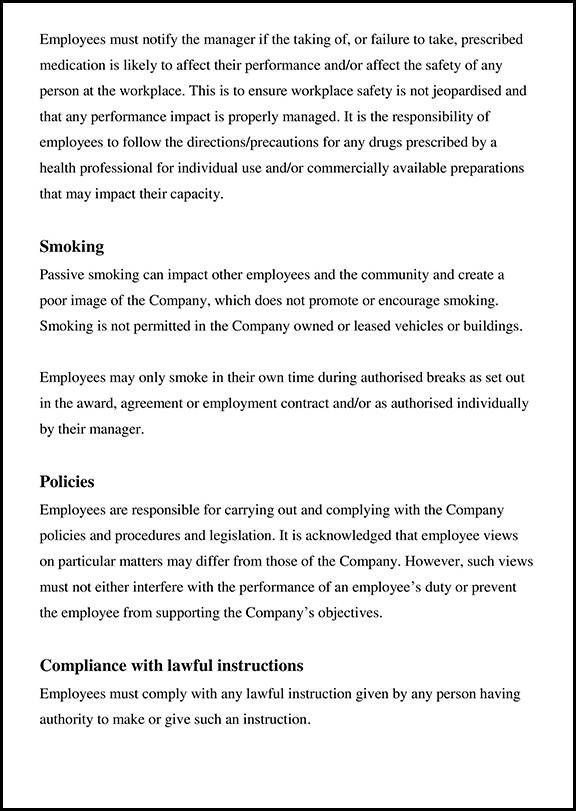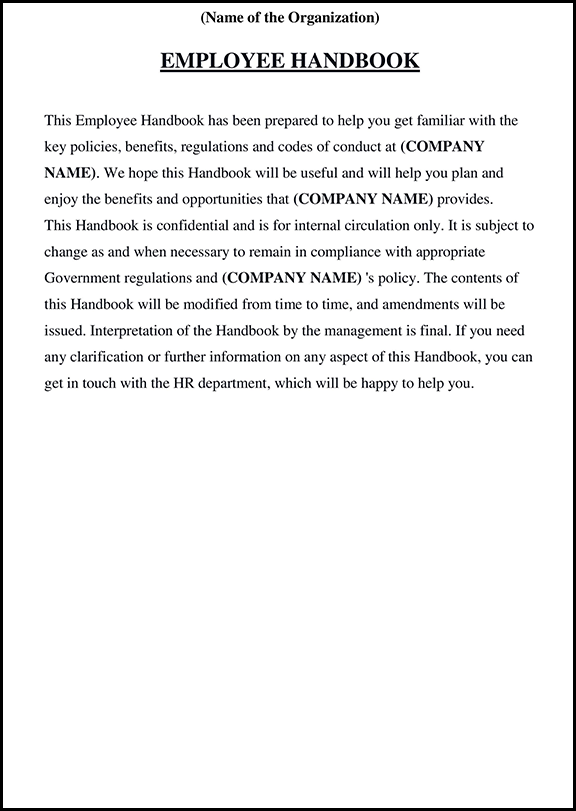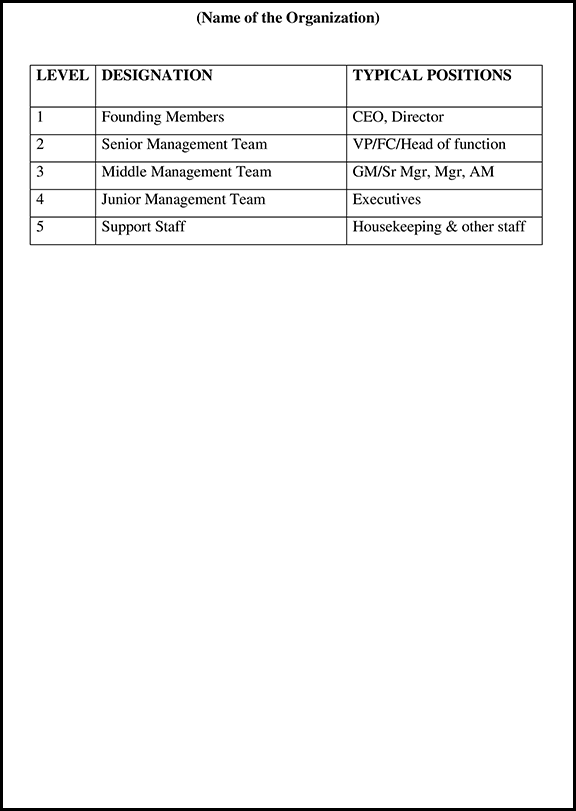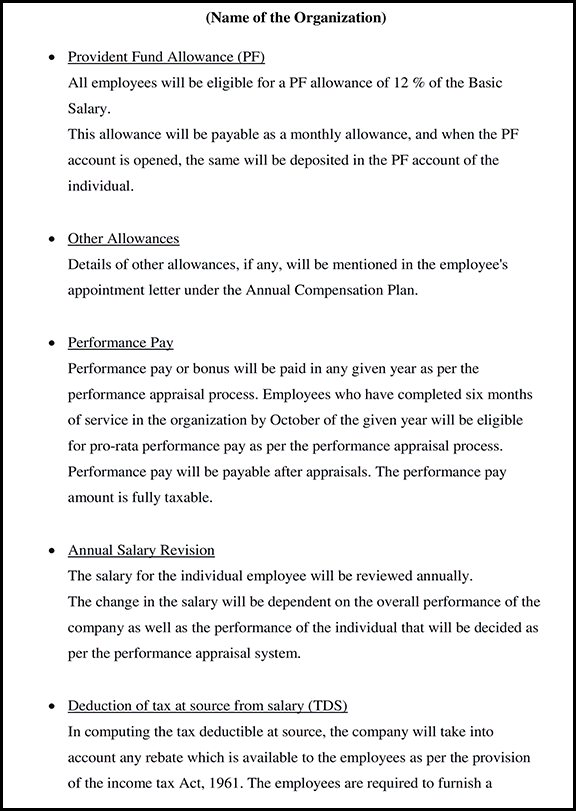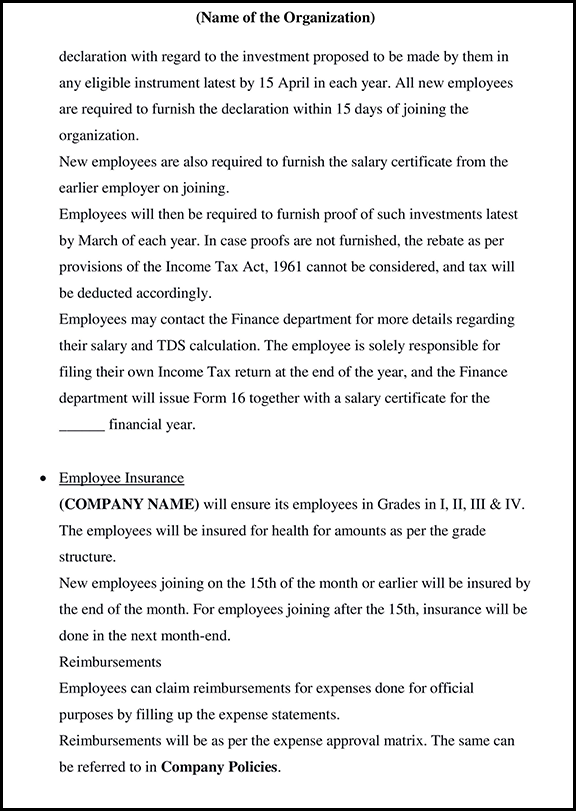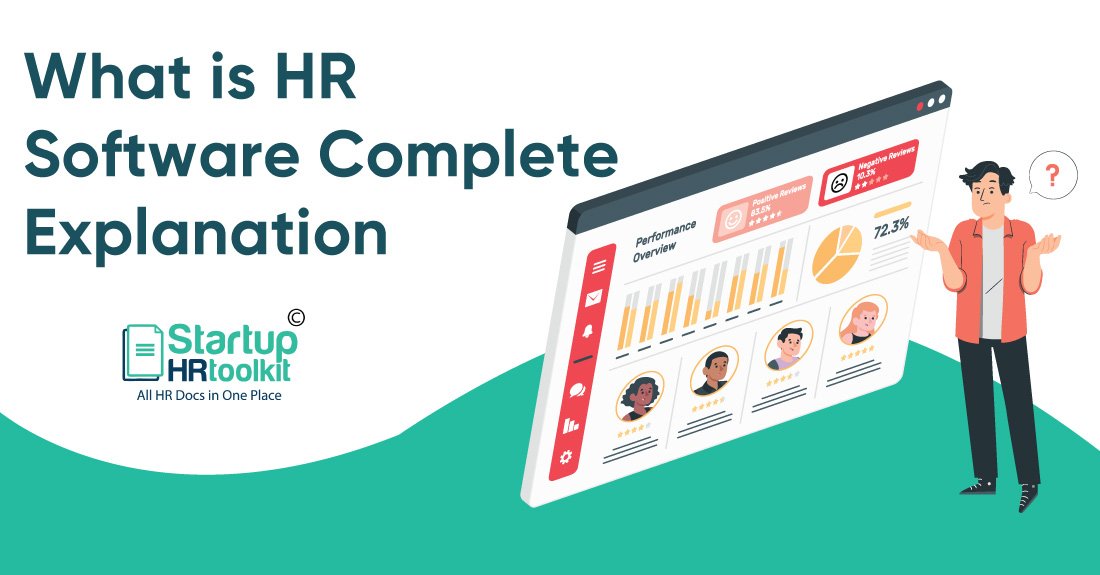
What is HR Software? Benefits, Differences, Types, & More
What is HR Software?
HR software, also known as Human Resource Management System (HRMS), helps organizations manage their HR function more efficiently. This software includes various features, including Employee onboarding, recruitment, payroll benefits, etc. Also, the software allows HR professionals to organize attendance tracking, secure data, performance management, and employee engagement.
In this blog, you will get a brief overview of What is HR software? Benefits for HR professionals and which software is suitable for your companies.
Benefits of HR Software
HR software offers many benefits to organizations that manage their human resources processes. These benefits include increased productivity, enhanced data security, more accurate attendance tracking, better employee management, and the ability to maintain digital records.
1. Productivity
HR software automates many of HR management’s manual and administrative tasks, freeing HR staff to concentrate on more strategic tasks and increasing productivity and efficiency.
2. Data security
HR software includes robust security features, such as encryption and access controls, to help ensure employee data is stored securely and guarded from unauthorized access.
3. Attendance Tracking
HR software includes digital time clocks, automated timesheets, and real-time reporting, enabling organizations to accurately and efficiently track employee attendance and monitor absences.
4. Employee Management
It helps organizations manage all aspects of employee management, from onboarding and training to performance tracking and benefits administration.
5. Digital records
It enables organizations to maintain digital employee data records, including personal information, employment history, and job performance, making it easier to manage and access this information when needed.
6. Mobile App
The availability of HR software on a mobile app significantly benefits both employees and HR professionals. For example, mobile access allows employees to easily access their pay stubs, benefits information, time-off requests, and company policies from anywhere, at any time.
Difference Between HRMS, HRIS, and HCM
HRMS (Human Resource Management System)
1. Offers a comprehensive suite of tools that cover all HR functions, including employee data management, payroll management, benefits administration, time and attendance tracking, and performance management.
2. Provides real-time data access and reports for HR professionals to manage and track employee information and automate HR tasks.
3. Enables managers to monitor employee performance and provide feedback, including goal-setting, performance reviews, and recognition programs.
4. It helps organizations comply with labor laws and regulations through automated record-keeping and reporting.
HRIS (Human Resource Information System)
1. Focuses on managing employee data and providing insights into the workforce, including information on headcount, turnover, demographics, and skills.
2. It provides employee self-service features, including online time and attendance tracking, benefits enrollment, and performance reviews.
3. Provides robust reporting and analytics tools to help HR professionals make informed decisions, including tracking performance metrics, identifying skills gaps, and forecasting workforce needs.
4. It can integrate with other HR tools, such as applicant tracking and learning management systems.
HCM (Human Capital Management)
1. Takes a strategic approach to human capital management, aligning HR goals with business objectives and driving employee engagement and retention.
2. Its features include talent management tools, such as recruiting, onboarding, training and growth, and succession planning.
3. Provides a holistic view of the workforce, including skills, capabilities, and potential, to help organizations identify and develop high-performing employees.
4. It provides a personalized employee experience through self-service tools, social collaboration, and mobile accessibility.
In summary, while HRMS, HRIS, and HCM share some similarities, they each offer unique features and functionality to help organizations manage their human resources effectively. HRMS offers a comprehensive solution for managing all HR functions, while HRIS provides insights into the workforce and HR analytics. HCM takes a strategic approach to human capital management and offers talent management tools to help organizations identify and develop top-performing employees.
Reasons to Move to an HRMS Software
1. Simplify HR Processes
An HRMS software can streamline HR processes such as employee data management, payroll, benefits administration, time and attendance tracking, and performance management. It simplifies HR tasks, reduces errors, and saves time.
2. Ensure Data Accuracy
HRMS software provides a centralized database for employee information, reducing errors associated with manual data entry and enhancing the accuracy of generated reports.
3. Ensure Compliance
HRMS automates record-keeping and reporting, ensuring compliance with labor laws and regulations and minimizing the risk of non-compliance and potential legal issues.
4. Improve Data Security
HRMS ensures the security of sensitive employee information by limiting access, encrypting data, and reducing the risk of data breaches, thereby preserving employee privacy.
5. Support Decision-Making
Real-time data access and reporting capabilities in HRMS software enable HR professionals to make informed decisions about workforce planning, performance management, and employee engagement.
6. Enhance Employee Experience
HRMS software provides employees with self-service tools, such as online access to pay stubs, benefits information, and time and attendance tracking. It enhances employee satisfaction and engagement by giving them greater control over their HR-related tasks.
7. Scalability
HRMS software can grow with the organization, providing a scalable solution that can handle increasing HR demands as the organization expands.
How to Find the Right HRMS Software
When looking for the right HRMS software for your organization, you must evaluate your needs and consider various factors to ensure you choose the best solution.
Here is a checklist that can help you find the right HRMS:
1. Identify your HR needs
Start by identifying your HR needs, such as employee data management, payroll management, benefits administration, time and attendance tracking, and performance management. Then, consider which features and functionalities are essential for your organization and which are nice.
2. Determine Your Budget
Determine your budget for HRMS software and consider the total cost of ownership, including software licenses, implementation, training, and ongoing support. Then, choose a solution that fits your budget and provides a good return on investment.
3. Consider Customization and Integration
Check if you can customize the HRMS software to meet your unique needs and if it can integrate with your existing systems. Integration capabilities can ensure seamless data transfer and reduce errors and data duplication.
4. Check for Compliance
Ensure the HRMS software complies with labor laws and regulations, such as FMLA, FLSA, COBRA, HIPAA, and ACA. Also, check for data security measures to ensure employee information is safe.
5. Look for User-Friendliness
Look for HRMS software that is user-friendly and easy to navigate. In addition, it should have a simple and intuitive interface that requires minimal training for your employees to use.
6. Get a Demo
Before making a final decision, test the HRMS software to ensure it meets your needs and provides the desired functionality. Get a demo for various Top HRMS Software companies and evaluate according to your needs and industry type with Startup-Deals. We have HR software that caters to all your HR needs and automates all your HR processes.
Different Types of HR Software
1. HRMS
HRMS is an essential tool for HR professionals, enabling them to manage various HR activities from a single platform. It typically includes employee information management, benefits administration, and payroll processing. In addition, some advanced HRMS solutions may offer additional features such as performance and training management.
2. Payroll
Payroll software is an essential tool for managing employee compensation. It typically includes tax calculations, direct deposit processing, and year-end reporting. In addition, it can help organizations ensure accurate and timely payment of wages and comply with labor laws and regulations.
3. Time and Attendance
It is essential for managing employee hours worked. Typically includes time tracking, overtime calculations, and paid time off management. It can help organizations save time and reduce errors associated with manually monitoring employee hours.
4. Applicant Tracking
Applicant tracking software can help HR teams identify top talent quickly by using screening tools to filter resumes and applications based on job criteria. In addition, many modern ATS solutions integrate with popular job boards, social media networks, and recruiting tools, allowing organizations to reach a wider pool of candidates. It can also help HR teams communicate with candidates, schedule interviews, and maintain a central database of applicant information.
5. Performance Management
Performance management software can help organizations assess employee performance objectively by using performance metrics to measure progress toward specific goals. Many performance management tools also allow employees to provide feedback to their managers, leading to more effective communication and a better understanding of employee needs. An organization can use this to identify and address skills gaps and track employee development programs’ progress.
6. Hiring and Onboarding
Hiring and onboarding software can help organizations automate the new-hire process, reducing the time and resources required for paperwork, training, and other tasks. Many modern onboarding solutions offer electronic signatures, digital forms, and checklists, helping HR teams keep track of tasks and monitor progress. Hiring and onboarding software can also help new hires get up to speed quickly by providing access to training materials, employee manuals, and other resources.
7. Employee Management
Employee management software can help organizations streamline HR processes, such as performance reviews, promotions, and employee development. For example, many employee management solutions offer performance-tracking tools, allowing HR teams to evaluate employee progress and identify areas for improvement. It can also help organizations manage employee records, such as employment contracts, job descriptions, and performance reviews.
8. Employee Compensation
Employee compensation can help organizations manage employee pay, bonuses, and other forms of compensation. Many compensation solutions offer tools for salary benchmarking, allowing organizations to compare their compensation practices with industry standards. It can also help organizations track employee performance and provide incentives for high-performing employees, helping to improve retention and employee engagement.
What are the best HR Software in India?
1. Darwin Box
DarwinBox is a cloud-based human resources management software company founded in 2015 to transform work lives by empowering businesses to manage their employees more effectively. DarwinBox is a comprehensive HR platform that helps companies to manage all aspects of their HR operations, including payroll, employee engagement, performance management, recruitment, and compliance.
2. GreytHR
GreytHR is an Indian-based company that provides cloud-based HR and payroll software solutions to businesses of all sizes. It was founded to simplify HR and payroll management for businesses. The company’s founders recognized that many businesses in India needed help with complex and outdated HR and payroll systems. So they set out to create a solution that was easy to use, affordable, and scalable.
3. PocketHRMS
PocketHRMS is a cloud-based HR and payroll software solution provider based in India. The company was founded in 2013 to simplify HR and payroll management for businesses of all sizes. PocketHRMS offers a comprehensive suite of HR and payroll software solutions, including payroll processing, employee management, attendance and leave management, and performance management.
4. Pagarbook
PagarBook offers a range of HR and payroll software solutions designed specifically for small and medium-sized businesses. One of the unique features of PagarBook is the ability to use the software without the need for a computer or internet connection. It can be accessed using a mobile device, making it ideal for businesses that operate in remote or rural areas.
5. UBS App
UBS App is an Indian-based HR and payroll software solution provider founded in 2018. The company aims to help small and medium-sized businesses automate their HR and payroll processes and enhance their employee experience. UBS App is an easy-to-use interface that requires minimal training. It is designed to be intuitive and user-friendly, allowing businesses to automate their HR and payroll processes quickly. Additionally, UBS App’s scalable software can grow with businesses as their needs change.
Conclusion
Now you must have come to know What is HR Software.
Get Free India’s Best HR software demos through Startup-Deals. Get great deals on HR software and automate all your HR Processes. Overall, HR software can deliver significant benefits for organizations of all sizes.



